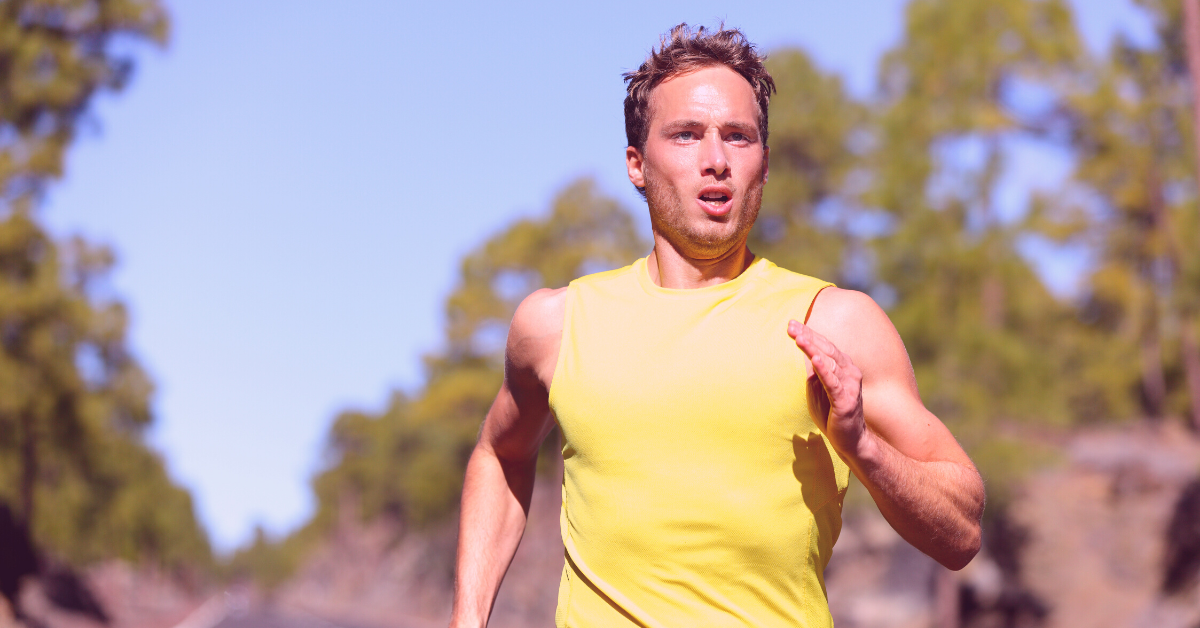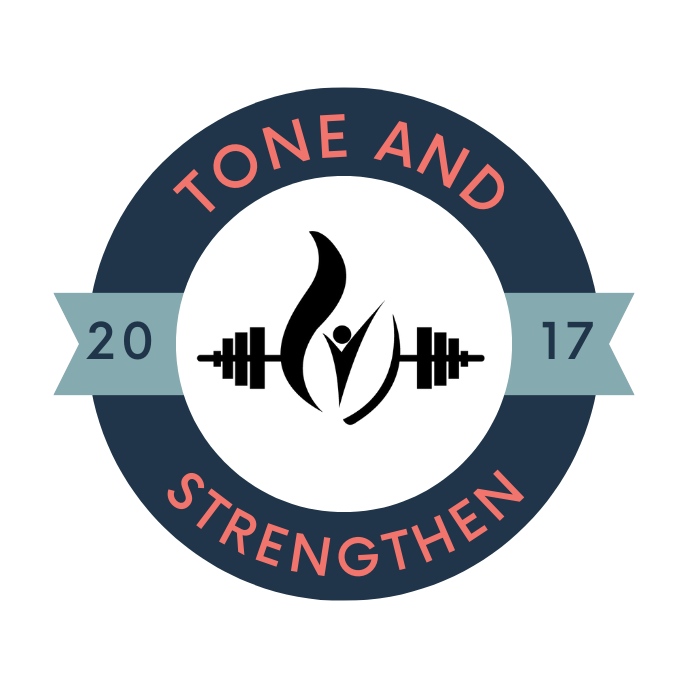
Exploring the Wonder of Breath-Part 4
Breathing for Performance Enhancement
This is the fourth blog of the Exploring the Wonder of Breath blog series. In previuos blogs we discussed the science behind breathing and the benefits of breathing. Today we will discuss how breathing can a vital performance enhancement tool.
Close your eyes and notice your breath for a few seconds. How is your breathing? Deep, shallow, or somewhere in between. Now slow down your breathing for the subsequent few breath cycles and be aware of how you feel.
The way we breathe has a massive impact on sports performance. Whether you are a recreational athlete or an elite athlete, your breath can play a huge role in your performance if you want to perform at your top game.
It’s also essential for coaches and athletic trainers to know that breathing exercises are valuable for athlete’s performance. Breathing deficiencies are more common than most coaches realize. Coaches give workouts to improve cardiovascular fitness, muscular strength and endurance, and flexibility of their athletes. But many coaches have forgotten the role breath can play for their athletes’ performance.
Research has suggested that a proper running rhythm with breath – the coordination between breathing and strides – helps improve exercise efficiency and postpone fatigue. A study published in the European Journal of Applied Physiology and Occupational Physiology in 1995 found that at anaerobic intensities, the degree of coordination between running and breathing rhythms is high in endurance-trained athletes. The degree of stride coordination increased with the increasing regularity of breathing. This study was conducted on ten triathletes, six sprinters, and ten subjects not trained in running (controls) to assess the effects of training history. Another study performed at the University of Portsmouth in 2011, which observed 12 runners over six weeks, found that athletes who included breathing exercises as part of their training improved their times by 5-12 %.
For the elite cyclist, Greg LeMond, breathing was the way to get faster. Greg LeMond was the first American to win Tour de France in 1989. Greg LeMond built his breathing capacity by employing belly breathing and using his diaphragm to efficiently draw maximum oxygen.
There are two significant energy-providing systems in the body: aerobic and anaerobic. Endurance athletes primarily rely on aerobic energy. Aerobic energy is derived from mitochondrial cells, which aid in oxygen exchange. Anaerobic power comes from glucose provided by the food metabolism. Both means of energy are essential, but our bodies mostly use aerobic energy. The amount of air we intake in comparison to food supports this fact. On average, human adults consume 4 pounds of food, 5 pounds of water, and 30 pounds of air.
When an elite cyclist like LeMond is riding in Tour de France or even when you are running a 5K, the breathing pump moves faster and more often. During exercise, the body’s demand for oxygen increases, and so does the breathing volume. As the intensity of exercise increases, the respiratory muscles have to contract more forcefully at a rapid rate to keep up with the body’s increased metabolic demands. The key to performance enhancement breathing is to slow down the breathing rate and take fuller breaths from the nose. When the exhale is emphasized with our diaphragms, it not only clears out a lot of Carbon dioxide but leaves space in the diaphragm for the next oxygen intake. The trick is to employ the full capacity of your diaphragm for more efficient oxygen intake. In the same way that a stronger heart can push out more blood with each pump, a more muscular diaphragm translates to a slower breathing rate and get more oxygen to your muscles.
When we are taking shallow breaths, we not only tax our thoracic pumping system, but we engage only 10 percent of the diaphragm’s capacity. Shallow breathing can have many causes, like posture, stress, anxiety, and physical restriction. Shallow breathing results in creating a physiological stress response which leads to more problems like poor posture and sports performance.
A good place to start is to try focusing on breathing through your nose. Breath for about 5 seconds and exhale for the same amount of time. Doing this exercise while running or riding will develop a better breathing pattern. Supplementing with mouth breathing, as needed, when you first start practicing deeper breathing is essential. Soon you will be able to have a continuous nose breathing streak. Deep breathing during exercise can increase lung power and can improve an athlete’s efficiency by up to 10%. For a runner, running an hour race, that translates to shaving off 4 to 6 minutes off their race timing. Now that’s an improvement I will take for all my races.
Breathing during sports events not only helps you a more efficient athlete, it improves focus as well. Plus, practicing deep breathing before an event will reduce anxiety and insomnia, giving you an edge on race day. Try to practice deep breathing every day while working out or just throughout the day.

This Post Has 0 Comments